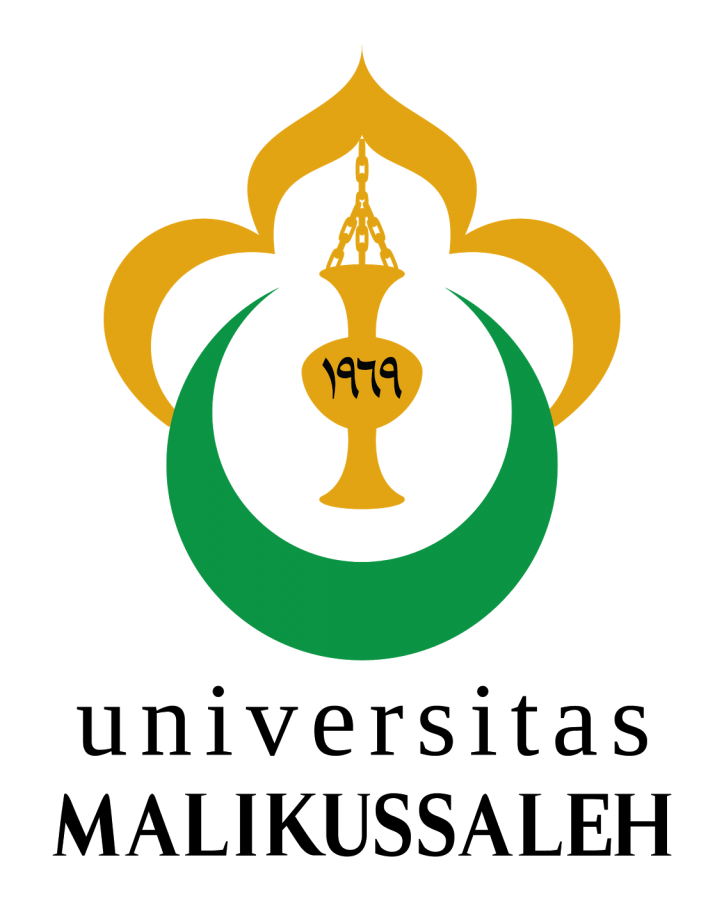The manuscript is written in Indonesian or English language. Please use this template, Indonesian or English.
The submitted manuscript should have a systematic as follows:
- Title
- Abstract
- Introduction
- Research Methods
- Result and Discussion
- Conclusion
- Acknowledgement (Optional)
- Bibliography
Title: The title of the article must be written briefly and clearly, and must indicate precisely the problem to be raised, not allowing for various interpretations. It should be written entirely in capital letters symmetrically. The article title should not contain uncommon abbreviated words. State the main idea of the article first, followed by any other explanations. The title should at least contain method and objective/aim/goal/purpose.
Abstract: Abstract must be a summary of the article containing problematic background, objectives, research methods, scientific results, and brief conclusions. Abstract is part of the article so it must be integrated with other sections. The objectives stated in the abstract must be answered in the conclusion.
Introduction: The introduction must contain and be written in sequence: general background and problems, previous literature studies (state of the art) as a solution to date as a basis for statements of scientific novelty from articles, and research problems or hypotheses. At the end of the introduction, the purpose of the article should be written.
Research Methods: Materials, Instruments, Approaches, and Methods, contain the main ingredients employed in research and the methods used in solving problems, including the method of analysis. The supporting equipment components do not need to be written down. The main set of tools should be presented in this section with a caption. Image captions are placed as part of the figure caption, not as part of the image. The methods used in the completion of the research must be clearly stated in this section.
Results and discussion: Results and discussion contain the results of research findings and their scientific discussion. The scientific findings must be written at utmost clarity and supported by adequate data. The scientific findings referred to here are not the research data obtained. Scientific findings must be scientifically explained based on the framework below : Are scientific findings obtained? Why did that happen? Why is trend variable like that? All these questions must be explained scientifically, not only descriptively, if necessary supported by adequate scientific basis phenomena. In addition, if the same research topic occurs, the author must explain the comparison of the scientific findings with the research results of other authors. Research results and findings must be able to answer the research hypothesis in the introduction.
Conclusion: Conclusion describes the answer to the hypothesis and/ or research objectives or scientific findings obtained. The conclusion does not contain an iteration of the results and discussion, but rather a summary of the findings as expected in the goal or hypothesis. If necessary, at the end of the conclusion can also be proposed or predicted about the futures discussion or the future research that might arise in relation to further ideas from the research. Conclusions are written in one paragraph without numbering or itemization.
Acknowledgments (Optional): Acknowledgments are primarily addressed to research funders or donors. Acknowledgments can also be conveyed to those who helped carry out the research.
Bibliography: All references referred to in the text of the article must be listed in the Bibliography section. Bibliography must contain references derived from primary sources (scientific journals and a minimum of 80% of the total bibliography) published in the last 10 (ten) years. Each article contains at least 10 (ten) bibliography of references. Writing reference systems in article text and bibliography should use a reference management application program for example: Mendeley, EndNote, or Zotero, or others.












